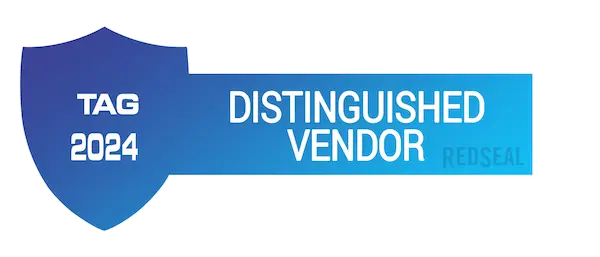RedSeal CEO Ray Rothrock to Speak at Texas A&M Cybersecurity of Critical Infrastructure Summit 2017
Rothrock Will Say It Is Time for a Pivot from Protection to Resilience in U.S. Cybersecurity Strategy
SUNNYVALE, Calif. – January 12, 2017 – RedSeal CEO Ray Rothrock will deliver a keynote speech today at Texas A&M University’s Cybersecurity of Critical Infrastructure Summit 2017 in College Station, Texas. The three-day event, sponsored by the Lynde and Harry Bradley Foundation, will focus on cybersecurity in the energy and manufacturing sectors. It will convene experts, thought-leaders, and decision makers from government, industry and academia with the goal of defining approaches that will significantly enhance the security of critical infrastructure in the presence of evolving cybersecurity threats.
Rothrock’s morning keynote speech will discuss the need for a pivot in the nation’s cybersecurity strategy from protection to resilience designed to minimize losses in the evitable cyberattacks against our nation’s critical infrastructure.
“Cyberattacks are now so advanced that hackers can almost certainly succeed in getting inside any network of their choosing. To protect the critical infrastructure of our country, we need to be prepared to shut these attacks down as fast as possible,” said Ray Rothrock, chairman and CEO of RedSeal.
Heightening threats to infrastructure security are indicative of a broader cybersecurity problem. Rothrock warns that the rate of information security loss is accelerating faster than the ability to contain the threat. Despite the $90 billion spent on information security in 2016, last year organizations reported $1 trillion in losses from cybersecurity attacks. Rothrock predicts the gap will widen. Investment in cybersecurity infrastructure is expected to grow to over $101 billion by 2020, while cyber losses are increasing at more than twice the rate of security expenditures.
Yet, CEOs are not proportionately concerned about these risks. RedSeal polled 200 CEOs about their confidence in their companies’ cybersecurity posture and discovered they are dangerously unrealistic about how vulnerable they are. In fact, more than 80 percent display “cyber naiveté,” allowing their global organizations to be exposed to massive cyberattacks. Rothrock advocates awareness of these threats and implementation of resilience-based counter measures.
“In order to keep operating and stay productive even while fending off a cyberattack or fixing a vulnerability, a new cyber operating strategy is needed. This new strategy is called digital resilience, which, coupled with world-class prevention, is the best defense,” said Rothrock.
President Obama’s Commission on Enhancing National Cybersecurity also supports a pivot to resilience, concluding that resilience must be a core component of any cybersecurity strategy. The December report recommends more workers, government-private sector cooperation, and a new resilience paradigm, because firewalls will not keep all the threat-actors out. Rothrock will tell Summit participants that a comprehensive cybersecurity strategy across all IT functions and businesses to minimize the impact of cyber-attacks and network interruptions is needed.
The Texas A&M Cybersecurity of Critical Infrastructure Summit 2017 is co-hosted by the Texas A&M College of Engineering and the Bush School of Government and Public Service. The event organizers are the Texas A&M University Institute for Advanced Study (TIAS) and the Texas A&M Cybersecurity Center (TAMC2), a joint partnership between Texas A&M and the Texas A&M Engineering Experiment Station.


